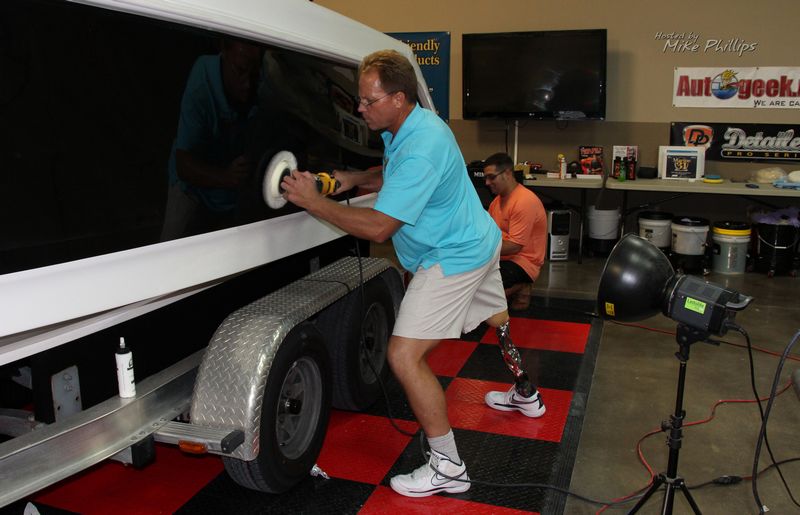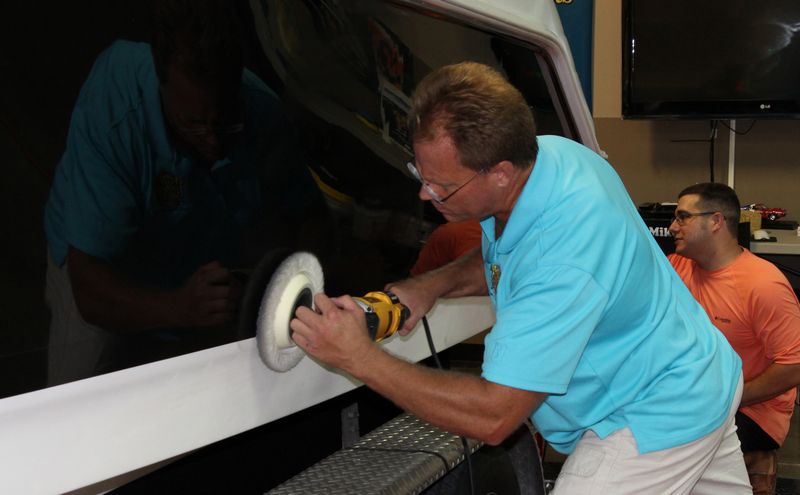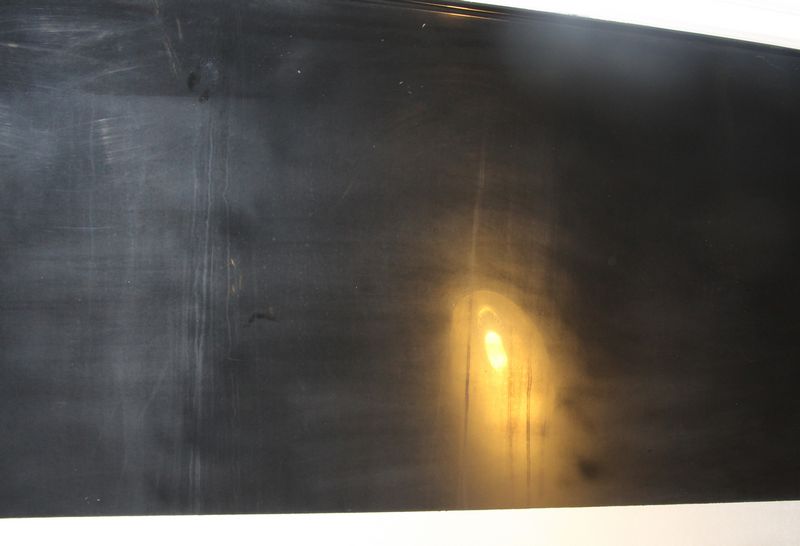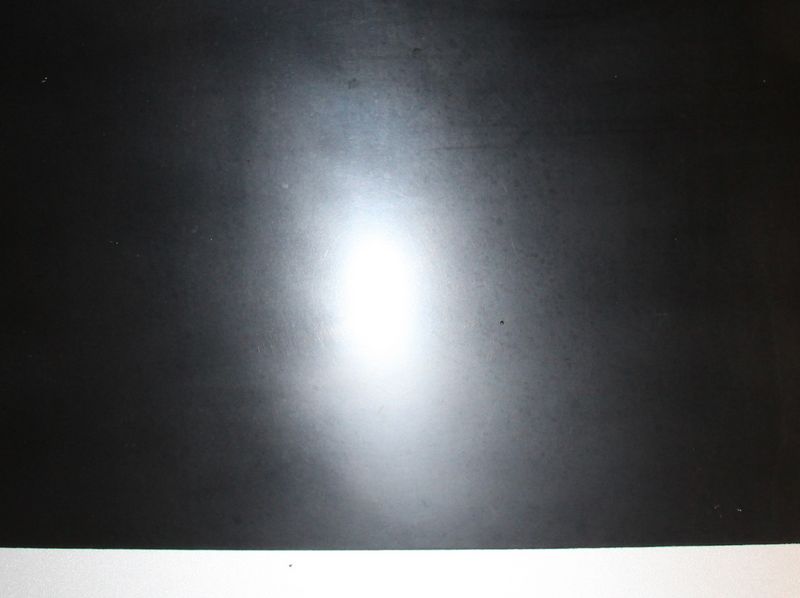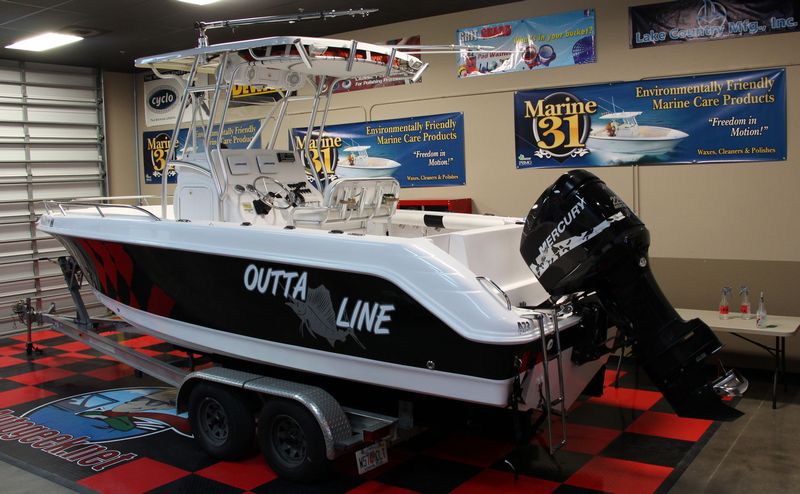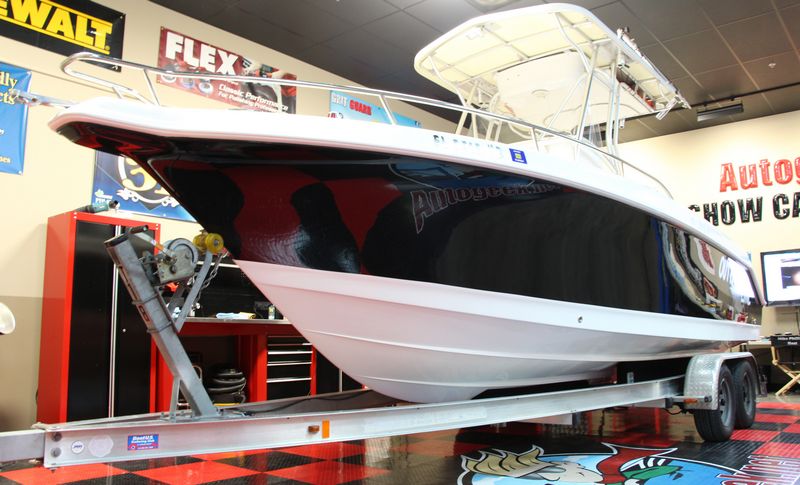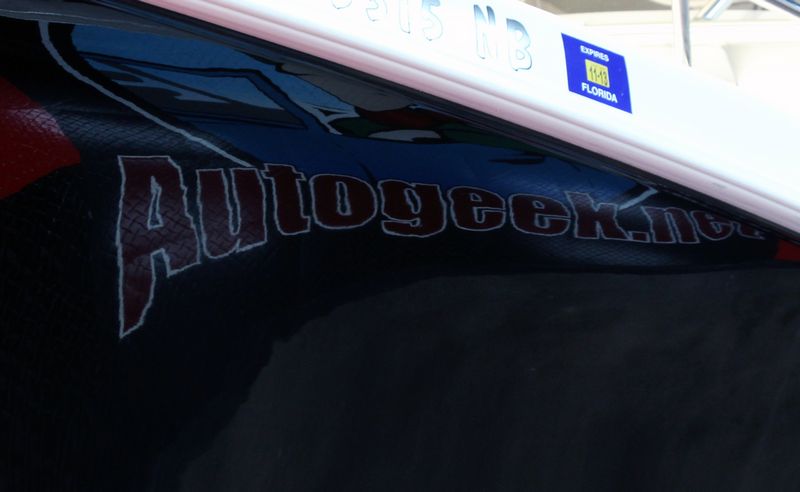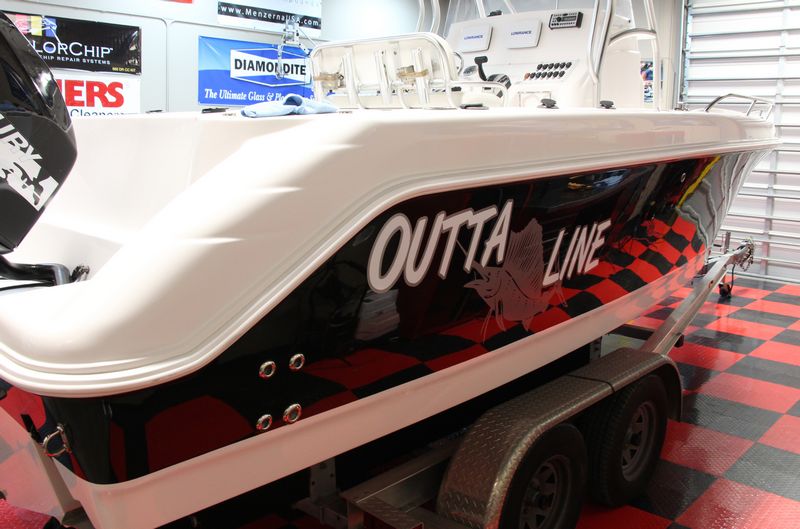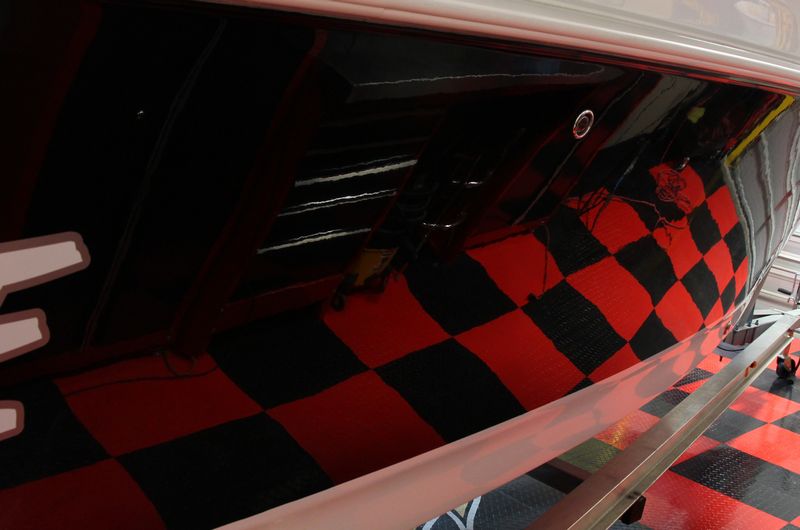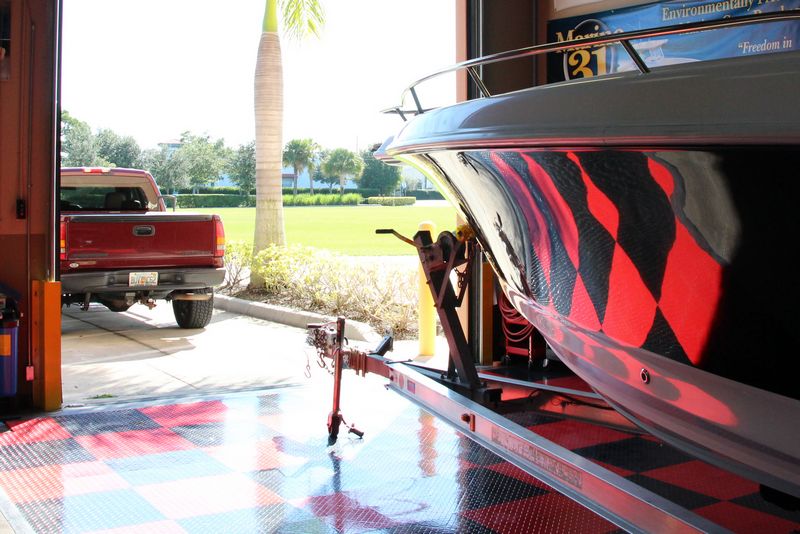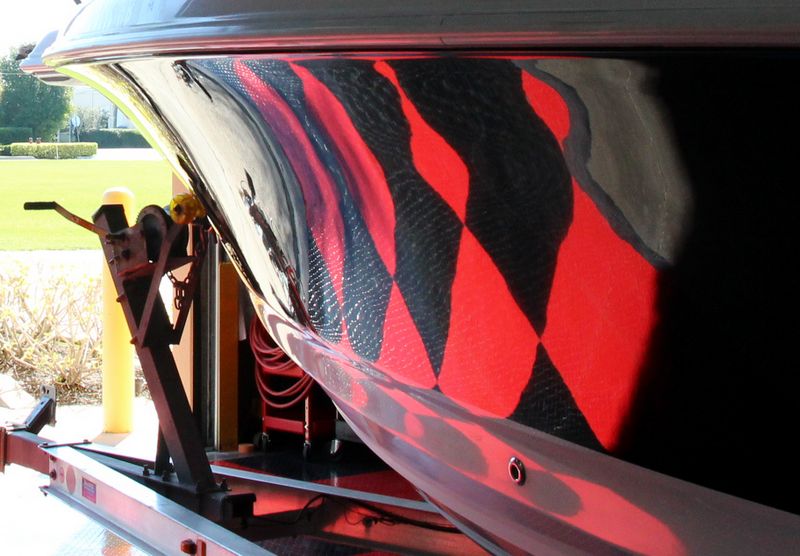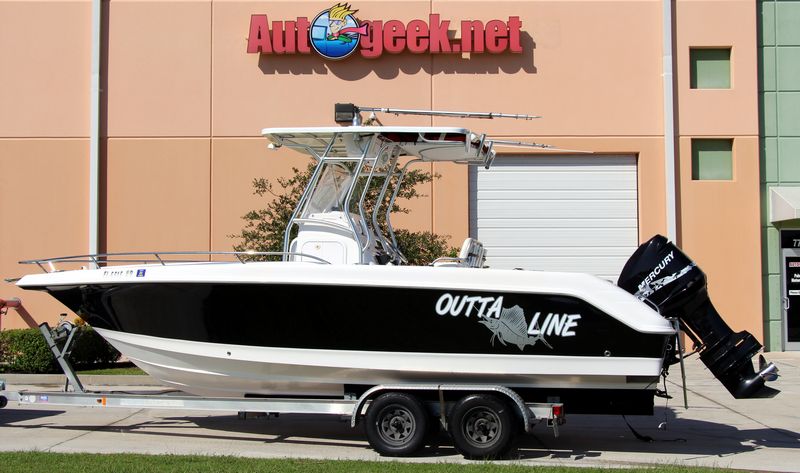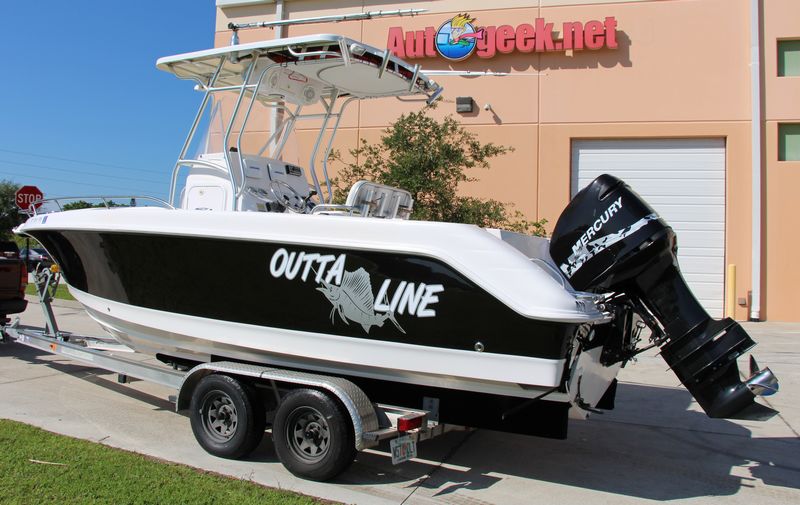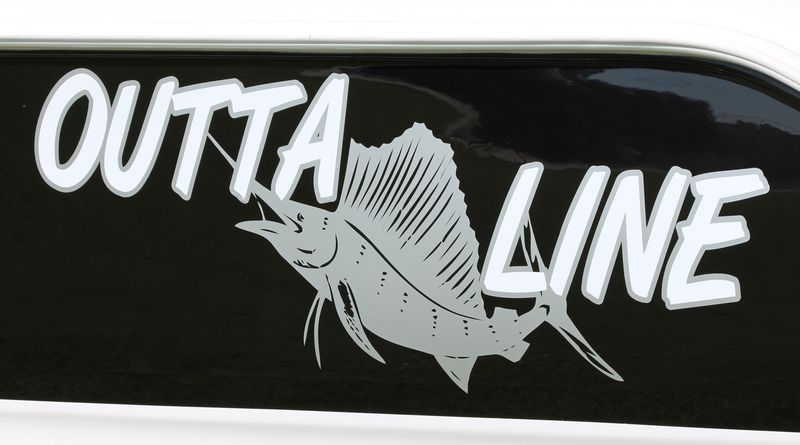Thanks Mike for breaking it down for us.
I think I'll order the 3504 Lightweight.
Something about it that excites me

For what it's worth...
Except for doing really hard grunt work or as I like to call it,
Chopping
I always reach for the Flex PE14 first when I need a rotary buffer.
For example, when I wetsanded and buffed out this 1964 Malibu I did all the rotary work using a 7" wool cutting pad and a 6.5" foam polishing pad on the Flex PE14.
How to wet sand a car
[video=youtube_share;5zDuFzvKSAI"]How to wet sand a car[/video]
Here's everything I used from start to finish...
All tools, pads and products can be had on Autogeek.net or call Customer Care at,
1-800-869-3011
When I had to remove some really stubborn oxidation and stains off the side of a boat I used the DeWALT 849X as I had to pretty much lean into the polish a little to really cut deep and fast.
24' Pro-Line Boat - Extreme Marine Makeover - Oxidation Removal!
This is how you lean into the buffer....
DeWALT 849X sans handle and grabbing the rubber overmold on the head of the unit and the pushing down hard...
It's all about having and then using the right tool for the job but in all cases, my preference is to grab the Flex PE14 first.
Besides the lightweight and compact size, the two most important physical features that separate the Flex PE14 from the DeWALT or the Makita or any other FULL SIZE rotary buffer is the RPM Range.
Now follow me on this because all my life I've been correcting this little tidbit of information....
Clearcoats don't like heat. Buffing clearcoats at high speeds is counterproductive.
Here's the confusion.... I can't count how many time's I've seen some person post,
You need HEAT to break down the abrasives.
That is so wrong.
First, if you're using a product with abrasives that break down, then it's PRESSURE
over TIME that breaks down the abrasives not heat.
Heat is an unnecessary byproduct of the process.
- The Flex PE14 has a range from 400 RPM to 2100 RPM
- The Flex 3403 has a range from 1100 RPM to 3700 RPM
- The DeWalt has a range from 600 RPM to 3500 RPM
- Makita has a range from 600 RPM to 3000 RPM
The only time you need the high RPM is when buffing out gel-coats or polyester or epoxy molds. Or grinding steel or concrete.
In fact, if you watch this video we made with Meguiar's last summer you'll hear that M100 was designed to be used at 1000 RPM, not high speeds at all in the history of buffing.
Questions about Meguiar's M105, M101 and M100 Compounds? Watch this video!
Meguiar's M105, M101 and M100 Compounds Round Table Discussion at Autogeek with Mike Phillips
[video=youtube_share;Ugl35QexkkQ"]Meguiar's M105, M101 and M100 Compounds Round...[/video]
Recently I had the opportunity to host a round table discussion here at Autogeek’s Show Car Garage with experts from Meguiar’s including,
Jason Rose – Technical Service Manager for Meguiar’s Professional Line.
Mike Pennington – Global Director of Training for Meguiar’s.
Steve Coronado – Marketing Product Manager for Meguiar’s Professional Line.
In this round table discussion the four of us go over the benefits, features and intended use for each of these incredibly popular cutting compounds in Meguiar's Professional Line. This includes,
M105 Ultra Cut Compound - M101 Foam Cut Compound - M100 Pro Speed Compound
The goal of this round table discussion is to hopefully remove some of the confusion surrounding the intended markets and uses for these compounds and to help you choose the right compound for your specific detailing projects.
When Meguiar’s introduced M105 it quickly set a new standard for both cut
and finish quality for an aggressive compound. M105 is what is called a
SMAT product, that is it uses
Super Microscopic Abrasive Technology instead of old fashioned coarse “rocks in a bottle” abrasive technology or diminishing abrasive technology, (DAT).
Following the success of M105, Meguiar’s introduced M101 Foam Cut Compound in Europe where it quickly became the new hot product being talked about throughout all the popular Internet detailing discussion forums.
M101 was not originally sold in the U.S. market but due to super high customer demand Meguiar’s was prompted to introduce the popular M101 to the U. S. market.
Next Meguiar’s introduced M100 Pro Speed Compound, which like the M105 and the M101 quickly gained popularity in the refinishing industry, detailing industry and even the do-it-yourself market.
Jason, Mike, Steve and myself discuss all the differences and similarities between these three compounds as well as describe the variety of ways each compound was intended to be used along with successful non-intended ways these products are being used throughout the entire spectrum of the refinishing and reconditioning industries as well as the car hobby in general.
A lively and informative discussion that will clear up any confusing you might have as well as help you decide with compound will be the best choice for your specific paint correction and detailing needs.
Yancy Martinez, the
Creative Director for Autogeek really does a spectacular job of directing and editing this video making it not only informative but simply put, fun to watch.
So grab a bowel of popcorn and your favorite cold beverage and get ready to learn more about Meguiar’s premium, top shelf compounds.
On Autogeek.net
M105 Ultra Cut Compound
M101 Foam Cut Compound
M100 Pro Speed Compound
And just to include,
Here's what the gel-coat finish looked like when the boat arrived....
And here's what it looked like when it left...
For reference...
On Autogeek.net
DeWalt DWP849X 7”/9” Variable Speed Rotary Polisher
Makita 9227C Rotary Polisher
All it takes is a little bit of this...
:buffing:
















